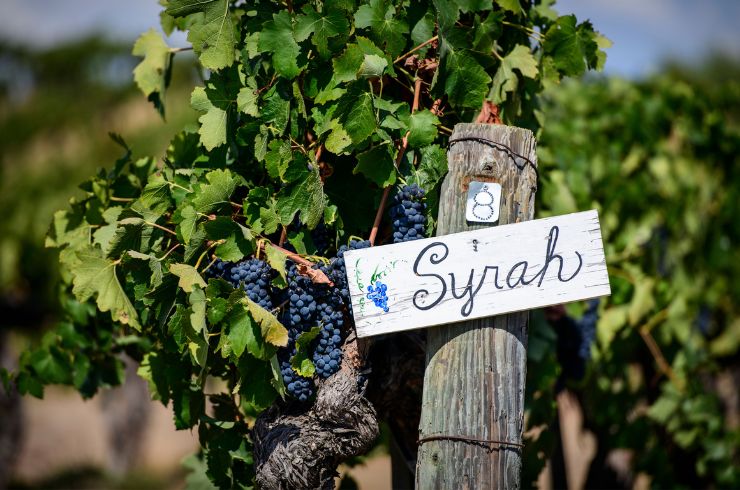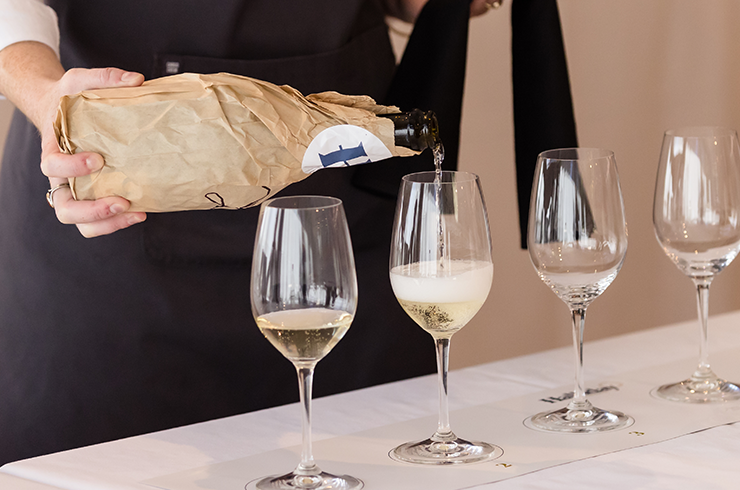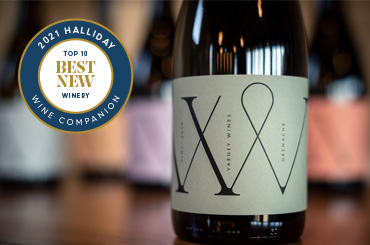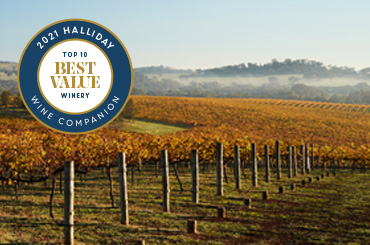As a result, the fast-approaching Halliday Wine Companion Awards 2022, to be held on Thursday, August 12, will debut several new awards. This year, there will be a Sparkling Wine of the Year, White Wine of the Year and Red Wine of the Year, with those wines going head-to-head to determine the overall Wine of the Year.

From a production point of view, the state of Australian wine has never been better.
A seventh major award category has also been introduced with Viticulturist of the Year to recognise the extensive work in the vines. In addition, the People’s Choice Award has just launched, with all wine lovers invited to vote for their favourite winery experience to take out this inaugural title.
This week, the shortlists for six of the major Halliday awards were revealed, with the key contenders representing some of the finest producers around the country. It’s the first time that finalists have been announced as part of the awards, providing an opportunity to celebrate so many more worthy Australian wineries and the people within their teams.
Halliday Wine Companion chief editor Tyson Stelzer is excited about the new developments, including the fact the coming 2022 Companion, releasing on August 13, introduces a record number of new wineries this year – more than 100 operations submitted wines for the first time.

Tyson became chief editor last September when James Halliday took a step back from some of his vast responsibilities on the Companion. At this point, the tasting team grew to seven panellists, with each member tasked with specific wine-growing areas for the first time. In doing so, the tasting team have become true regional specialists, which has helped the Companion grow with new and diverse wineries involved.
This new regional approach makes a lot of sense, according to James Halliday, who now holds the title of Taster at Large. As for his take on where the industry is at right now, James is overwhelmingly positive. “From a production point of view, the state of Australian wine has never been better. Smart harvesters – getting rid of leaves, stems and all debris – and optical scanners looking at every berry on sorting tables lower costs increase quality, and obviate labour shortage,” he says.
Latest Articles
-
News
The power of perspective: Ryan Ponsford's Entropy
2 Dec 2025 -
Events
Halliday Wine Academy: Wine Immersion Tours
30 Nov 2025 -
Travel
Scenic's Southern France and Bordeaux river cruises are tailor made for wine lovers
30 Nov 2025 -
News
What’s in a name? The etymological origins of popular grapes.
30 Nov 2025






